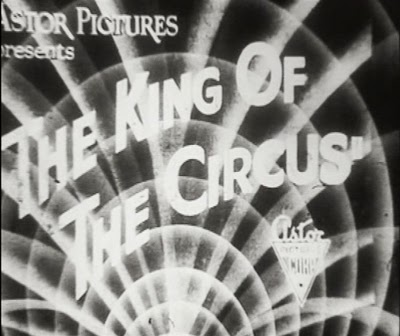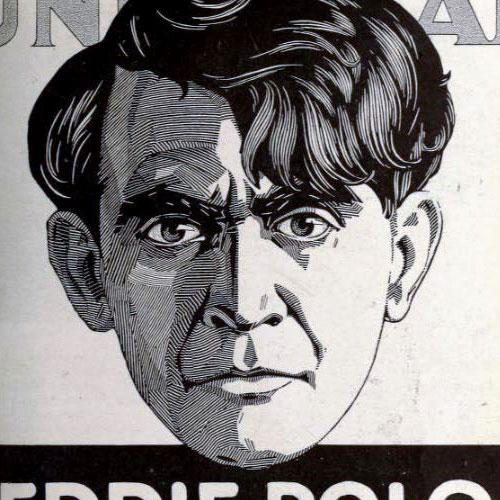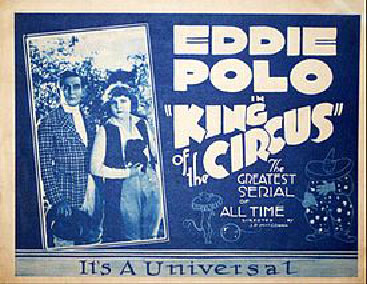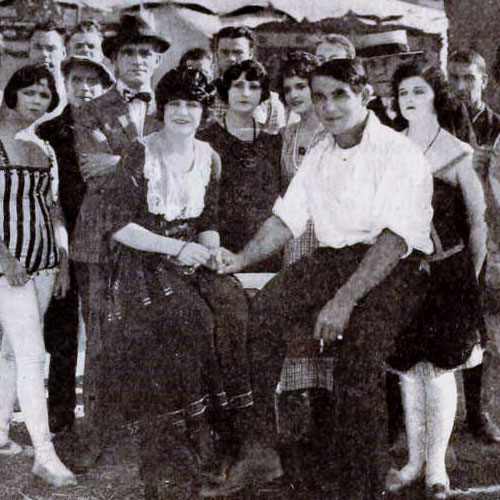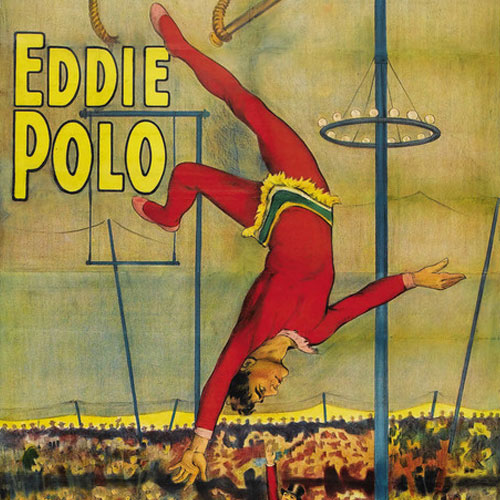K …is for
King of the Circus
Survival Status: Presumed lost.
Director: Universal Film Manufacturing Company
Release Date: November 22, 1922
Release Company: William N. Selig Productions, distributed (on a State Right basis) by Export-Import Film Company.
Cast: Eddie Polo (Eddie King), Corrine Porter (Helen Howard), Kittoria Beveridge (Mary Warren), Harry Madison (James Gray), Charles Fortune (John Winters), Tom London (Leonard Clapham), J. P. McGowan, J. J. Bryson, Dorothy Hagan, Viola Tasma, Jay Marchant, Frank Shaw, Bruce Randall, Jack Newton
Episodes: (two reels each) 1. Blood Money. 2. The Mushroom Bullet. 3. Stolen Evidence. 4. Facing Death. 5. The Black Wallet. 6. The Lion’s Claws. 7. Over the City. 8. Treachery. 9. Dynamite. 10. The Mystic Power (aka The Mystic’s Power). 11. Man and Beast. 12. Deep Waters. 13. A Fight For Life. 14. Out of the Clouds. 15. The Woman in Black. 16. The Cradle of Death. 17. The Final Reckoning. 18. The Lost Heritage.

